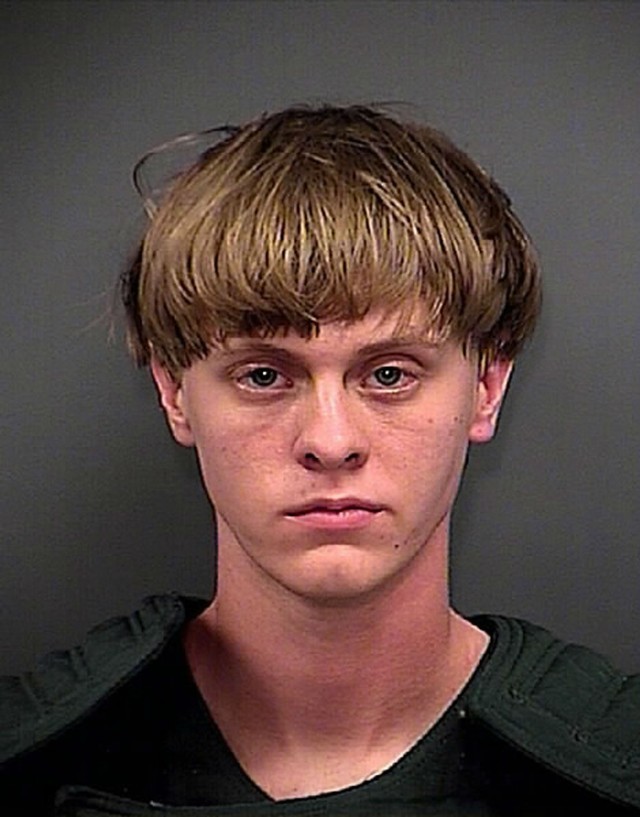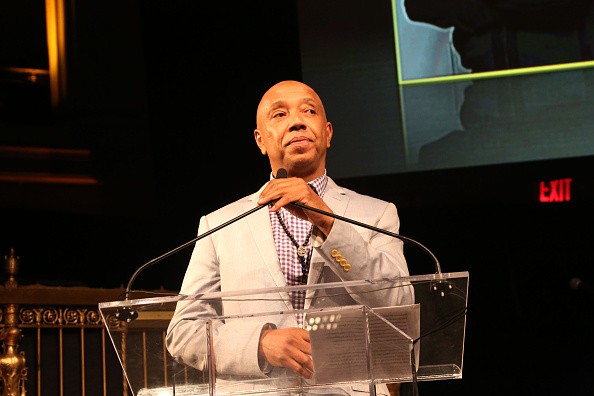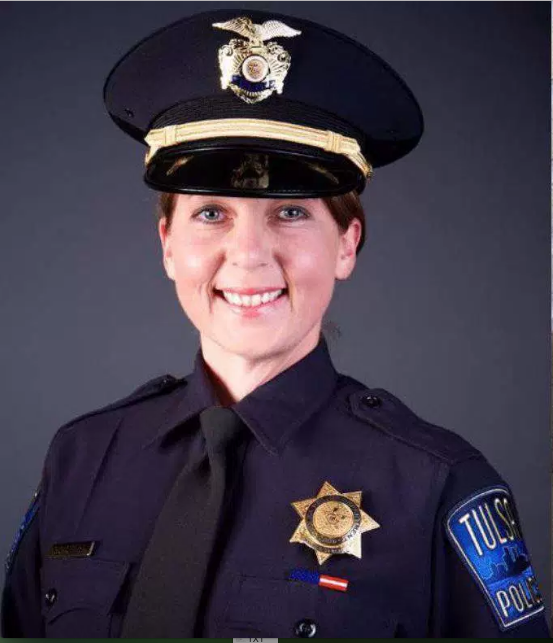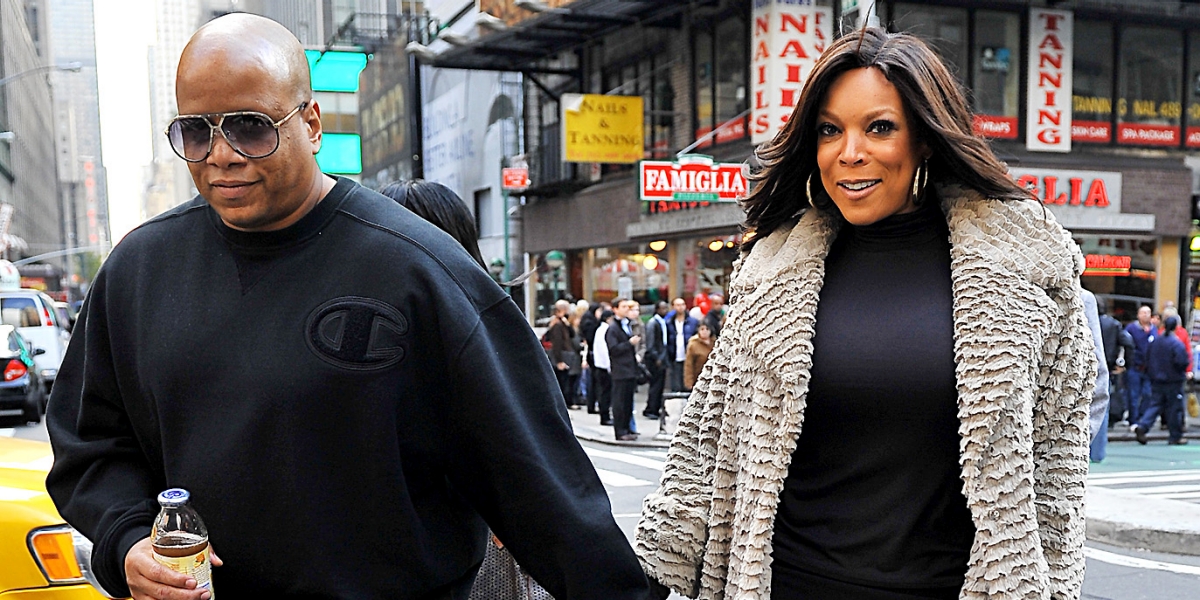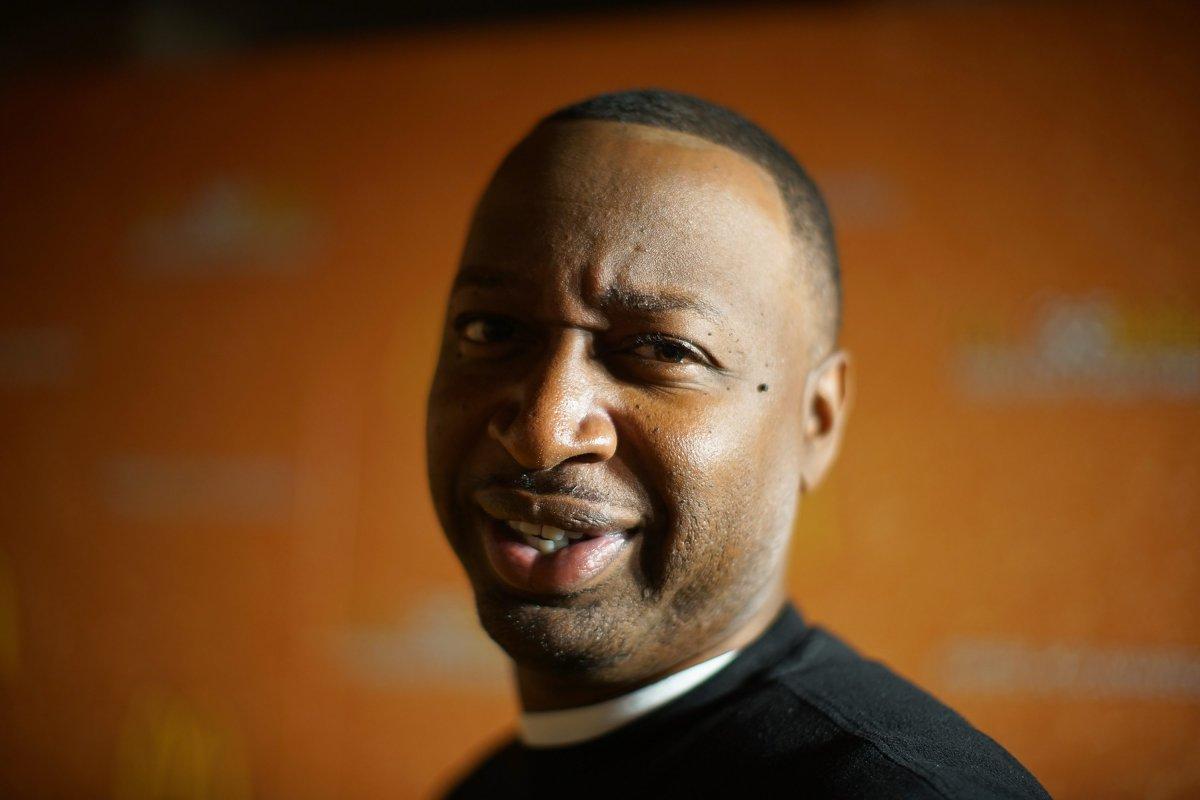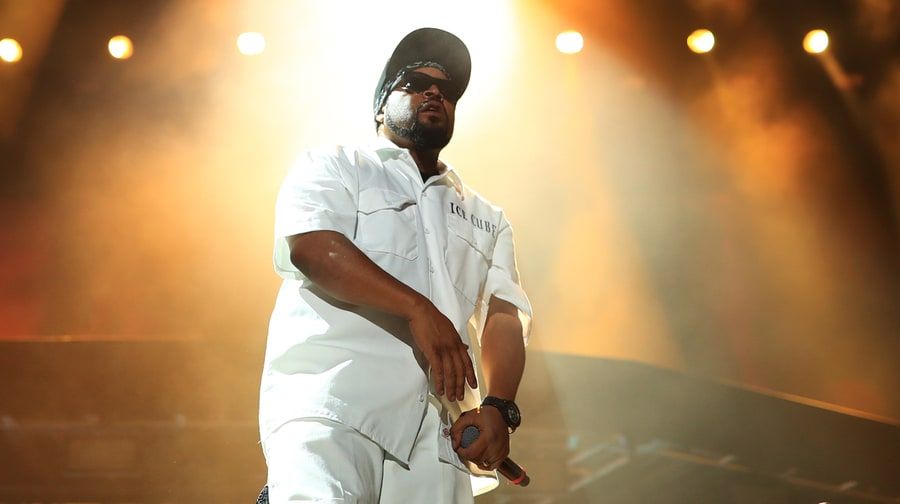Dylann S. Roof, a self-radicalized young white supremacist who killed nine black parishioners last year when he opened fire during a long-planned assault on Emanuel African Methodist Episcopal Church, was found guilty by a federal jury here on Thursday.
Mr. Roof, 22, stood, his hands at his side and his face emotionless, as a clerk read the verdict aloud in Federal District Court, where he had been charged with 33 counts, including hate crimes resulting in death.
Mr. Roof, whose lawyers conceded his guilt, will face the same jurors when they gather on Jan. 3 to begin a more suspenseful phase of his trial to decide whether he will be sentenced to death or life in prison without parole.
The jury deliberated for only about two hours on Thursday afternoon, and as a clerk began to read the guilty verdicts, one after the next, a few women in the courtroom nodded with satisfaction. After the court adjourned, the two adult survivors of the attack, Felicia Sanders and Polly Sheppard, shared a long embrace.
“I wasn’t expecting anything less,” Ms. Sanders told reporters later. “I knew it was going to be guilty, guilty, guilty, all the way through.”
Ms. Sanders’s husband, Tyrone, called Mr. Roof “pure evil” as he held his wife’s hand.
“My thoughts were if I could get to him, what would I do,” said Mr. Sanders, whose son died in the attack. “But the Lord kept me from charging.”
The outcome seemed a foregone conclusion from the first minutes of the trial, which began on Dec. 7 and included a swift acknowledgment from the chief defense lawyer, David I. Bruck, that Mr. Roof was responsible for the “astonishing, horrible attack” on June 17, 2015.
Mr. Roof had chillingly confessed to investigators nearly 18 months earlier and revealed his purpose in a blatantly racist manifesto that he published online. His choice of targets seemed intensely premeditated — he scouted the church half a dozen times — although he also researched other black churches and a festival elsewhere in South Carolina before settling on Charleston because, he wrote, it is the “most historic city in my state.”
Prosecutors and defense lawyers agreed on the basic contours of Mr. Roof’s march toward racial animosity. He belonged to no hate groups and acted alone in Charleston, but they said he had been an avid consumer of racist materials online.
“You can easily give him way too much credit for thinking of this stuff if you don’t see where it came from,” Mr. Bruck said of Mr. Roof, who had declared in his writings that he had not been “raised in a racist home or environment.”
In a 53-minute closing argument, an assistant United States attorney, Nathan S. Williams, depicted Mr. Roof as “a man of hatred, a man who’s proven to be a coward and a man of immense racial ignorance.”
The prosecutor’s voice often rose in outrage, and the jurors were again shown photographs of the carnage Mr. Roof left behind: blood, bodies, and bullet-scarred tables. “He must be held accountable for each and every action he took in that church,” Mr. Williams urged.
Mr. Roof has said he intends to represent himself during the penalty phase, so Mr. Bruck, as he has done throughout the trial, did his best on Thursday to suggest that his client was unstable, and thus not fully accountable.
Mr. Bruck, who called no witnesses, peppered his closing argument with words like “abnormal,” “delusional,” and “suicidal.” Mr. Roof told the F.B.I. in a confession shortly after being arrested that he had saved ammunition to kill himself if, as he expected, he confronted the police when he left Emanuel.
The Wednesday night assault on the oldest A.M.E. congregation in the South began less than an hour after Mr. Roof entered through an unlocked side door and took a seat at a weekly Bible study meeting. The congregants, including the church’s pastor, the Rev. Clementa C. Pinckney, were studying the parable of the sower. When the congregants closed their eyes for a familiar benediction, the sound of gunfire roared through the fellowship hall.
When they looked up, they saw Mr. Roof holding a semiautomatic pistol he had bought about two months earlier and concealed in a pack on his waist. Mr. Pinckney was the first wounded, and the churchgoers began diving below the room’s circular tables. Mr. Roof kept firing, striking the victims at least 60 times. One photo showed a table bearing an opened Bible, a study sheet and an empty magazine.
It was one of the most unfathomable racial attacks in decades, and it upended the notion of a postracial America that some had imagined after the election of the country’s first black president. But fears of street violence eased when family members of five victims appeared at Mr. Roof’s bond hearing less than 48 hours after the killings and expressed forgiveness for the accused. President Obama flew here for Mr. Pinckney’s memorial service and delivered a eulogy in the form of an indignant and sorrowful meditation on race.
This elegant port city where half of all slaves disembarked and the Civil War began soon assumed a mantle of racial healing, although some in the community found the good feelings a superficial papering over of inequities in education, law enforcement and poverty.
The victims of the attack at Mother Emanuel, as the church is known, were Mr. Pinckney, Cynthia Hurd, Susie Jackson, Ethel Lee Lance, the Rev. DePayne Middleton Doctor, Tywanza Sanders, the Rev. Daniel Lee Simmons Sr., the Rev. Sharonda Coleman-Singleton and Myra Thompson.
The three survivors were Ms. Sanders, Ms. Sheppard and Ms. Sanders’s 11-year-old granddaughter. During turns on the witness stand, Ms. Sandersand Ms. Sheppard described the havoc that turned a house of worship into a blood-soaked scene.
Ms. Sheppard told jurors that Mr. Roof had approached her and asked whether she was wounded. She was not. “I’m going to leave you to tell the story,” Mr. Roof replied, according to Ms. Sheppard.
Mr. Roof was arrested the next morning in Shelby, N.C., where F.B.I. agents questioned him for about two hours and began to piece together his descent into racist thinking and how, over the course of six months, he planned his assault.
But before Mr. Roof spoke of his beliefs, which he had detailed in a handwritten journal and an online manifesto, he admitted to the attack. “I did it,” Mr. Roof said.
The confession served as the centerpiece of the prosecution’s case. Prosecutors also introduced an array of technical evidence, such as phone records and GPS data, to demonstrate Mr. Roof’s premeditation and document his views on race.
He wrote that he mounted the attack in Charleston because no one else would take a stand against what he perceived as an epidemic of black-on-white crime and the relegation of white Americans to second-class status. He called himself a white nationalist, as well as a white supremacist, and said he subscribed to ideologies advanced by Klansmen and Nazis.
Mr. Roof wore a jacket bearing patches of the apartheid-era flags of South Africa and Rhodesia and posed in photographs with the Confederate battle flag. In a consequence that he surely did not anticipate, that flag was removed from the grounds of the South Carolina State House in response to the church killings.
The decision to try Mr. Roof was a subject of some dispute because he had offered to plead guilty in exchange for a life sentence. Ms. Sanders and Ms. Sheppard both supported such an agreement, as did many family members of the victims.
But they welcomed the verdict on Thursday, even as they girded for the next round.
“We were overjoyed that the jury saw fit to give us this triumph,” said the Rev. Sharon Risher, Ms. Lance’s eldest daughter. “It gives us an opportunity to start the healing process and we just thank God.”


